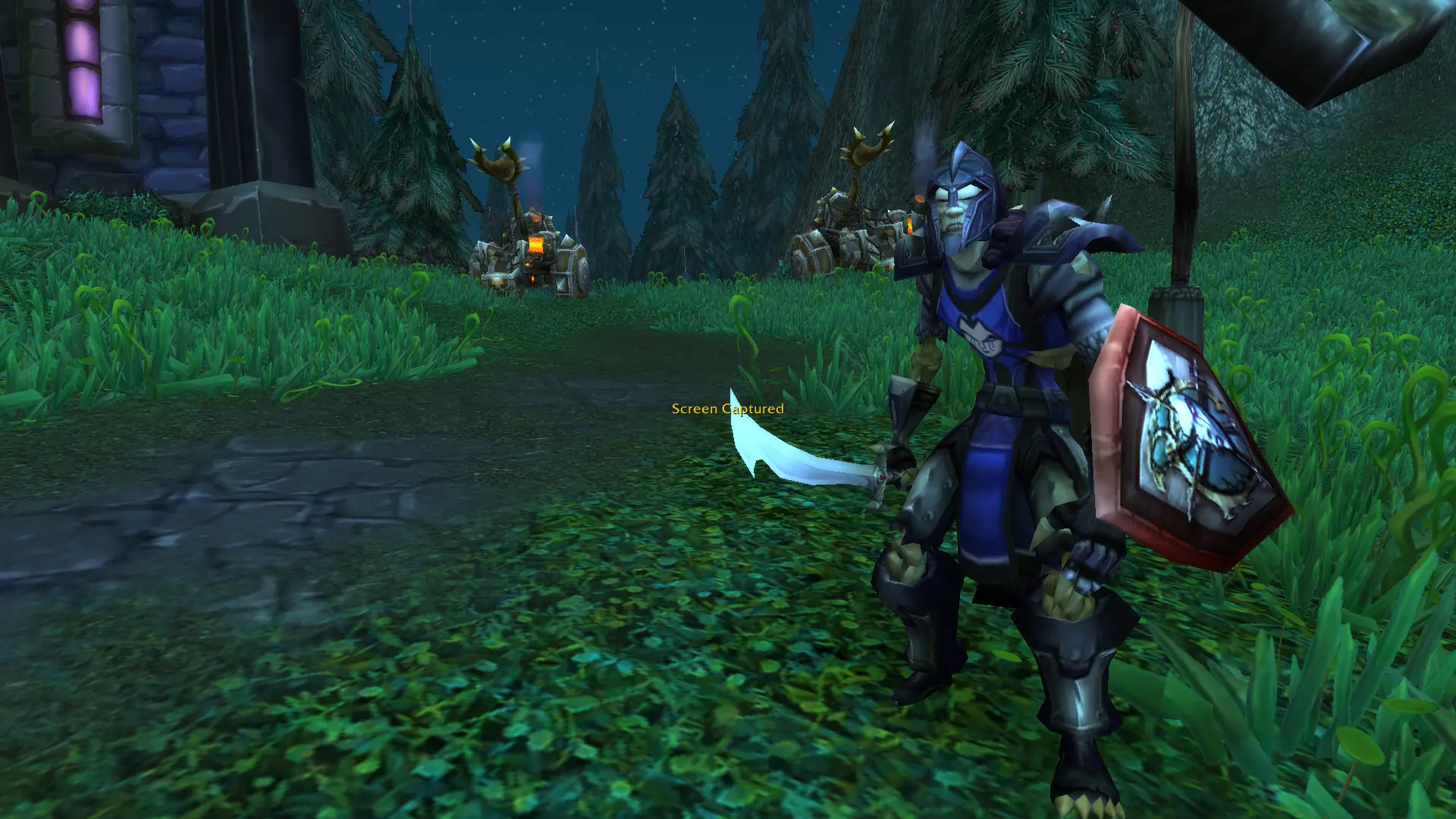
Undead - The Forsaken
Introduction to the Forsaken
The Forsaken are a faction of undead creatures led by the Dark Lady, Sylvanas Windrunner. They broke away from the Scourge, gaining self-awareness and free will, and established the Undercity beneath the ruins of Lordaeron as their capital. The Forsaken's story is one of struggle, survival, and the constant battle against both the living and the supernatural.
Origins and Early History
The Forsaken were once humans of Lordaeron, slain by Prince Arthas Menethil when he became the Lich King's death knight. These souls were risen from the dead to serve in the Scourge. However, following the Lich King's weakening, a significant number of these undead regained their free will and self-awareness. Under the leadership of Sylvanas Windrunner, herself a former High Elf Ranger General killed by Arthas, these free-willed undead revolted against the Scourge and took control of the ruined capital of Lordaeron, renaming it the Undercity.
Vanilla WoW - Establishment of the Forsaken
In the original "World of Warcraft" release, the Forsaken were introduced as one of the playable races of the Horde. Their story was focused on solidifying their hold over the Tirisfal Glades and defending against external threats, including the remaining forces of the Scourge and human opposition from the Scarlet Crusade.
World of Warcraft: Wrath of the Lich King
"Wrath of the Lich King" was a pivotal expansion for the Forsaken, as it brought them back into conflict with the Lich King. The Forsaken played a significant role in the Northrend campaign, with Sylvanas personally leading efforts against the Lich King. This expansion also introduced the controversial use of a new plague, developed by the Forsaken's Royal Apothecary Society, which was as lethal to the living as it was to the undead, showing the darker side of the Forsaken's struggle for survival.
World of Warcraft: Cataclysm
In "Cataclysm," the Forsaken's storyline expanded as they took a more aggressive stance in Northern Eastern Kingdoms. Sylvanas and her Forsaken sought to secure more territory to strengthen their position, leading to moral conflicts about their methods, particularly their use of the blight and the raising of dead humans as new Forsaken, which caused tensions within the Horde itself.
World of Warcraft: Mists of Pandaria and Warlords of Draenor
During "Mists of Pandaria," the Forsaken's story was less central, but they played a part in the overall Horde narrative, particularly in the Siege of Orgrimmar, where they supported the rebellion against Garrosh Hellscream. "Warlords of Draenor" had little direct impact on the Forsaken as the focus shifted away from Azeroth.
World of Warcraft: Legion
In "Legion," Sylvanas became the Warchief of the Horde after the death of Vol'jin. Her leadership was tested in the fight against the Burning Legion, and her decisions often reflected her priorities to protect her people at any cost. This expansion also explored her personal motivations and her pact with Helya, which hinted at her future actions.
World of Warcraft: Battle for Azeroth
"Battle for Azeroth" featured a major development for the Forsaken, with Sylvanas's actions at the forefront. Her controversial decision to burn Teldrassil led to a full-scale war between the Horde and Alliance. The expansion culminated in Sylvanas abandoning the Horde after the Battle for Azeroth, leaving the Forsaken without their leader and in a precarious position within the Horde.
World of Warcraft: Shadowlands
"Shadowlands" dives deep into Sylvanas’s story, exploring her past and her motivations in more detail as she confronts the Jailer. The Forsaken are left to redefine their identity within the Horde under new leadership, facing both old prejudices and new challenges.
Conclusion
The Forsaken's journey through "World of Warcraft" is marked by themes of vengeance, survival, and the quest for identity. From their emancipation from the Lich King to their controversial war tactics and the dramatic leadership of Sylvanas, the Forsaken represent one of the most complex and morally ambiguous factions in the game. Their future remains uncertain, with potential for new growth or further conflict, as they continue to navigate the politics of the Horde and their place in a world that often fears and hates them.
Recommended content
Hunters
Explore the skills and tactics of Hunters, masters of ranged combat in Warcraft
Pandaren
Discover the unique culture and philosophy of the Pandaren in World of Warcraft
Vashj'ir
Dive into the underwater realm of Vashj'ir and uncover its hidden secrets
Queen Azshara
Learn about the enigmatic Queen Azshara and her role in Azeroth's history

